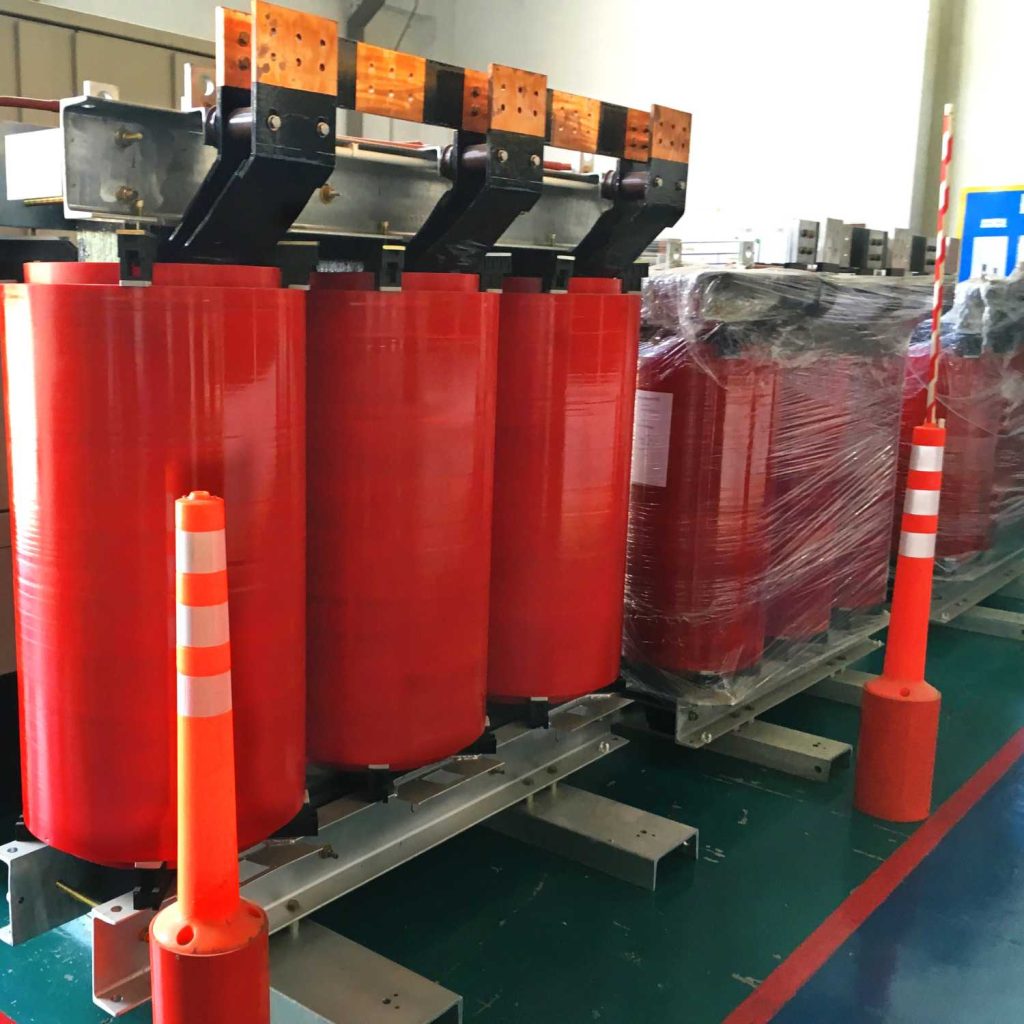
Transformers are an essential component of our modern electrical infrastructure, providing a vital link between power generation and consumption. In recent years, dry resin transformers have gained significant popularity in various industries due to their numerous advantages. In this blog post, we will explore everything you need to know about dry resin transformers, including their benefits, applications, and considerations for implementation.
First and foremost, what exactly are dry resin transformers? Unlike their oil-filled counterparts, dry resin transformers utilize solid insulation materials, such as epoxy resin, to provide electrical insulation and thermal conductivity. This unique design eliminates the need for liquid coolant, making them more environmentally friendly and reducing the risk of oil leakage, fire hazards, and maintenance costs.
One of the key advantages of dry resin transformers is their enhanced safety. With no oil present, the risk of environmental contamination or fire resulting from a transformer failure is minimized. This makes them particularly suitable for sensitive environments, such as hospitals, data centers, and residential areas. Additionally, their compact and lightweight construction allows for easy installation and reduces the space required for housing the transformers.
Another notable benefit of dry resin transformers is their improved efficiency. The absence of oil eliminates the energy losses associated with oil circulation and cooling systems, resulting in higher overall efficiency. This not only reduces energy consumption but also translates into cost savings over the transformer’s lifespan. Additionally, the solid insulation materials provide better thermal conductivity, allowing for more efficient heat dissipation.
Dry resin transformers find applications in various industries. In the manufacturing sector, they are commonly used in heavy machinery, metal processing, and automotive production. Their high efficiency and compact design make them ideal for industrial environments with limited space and strict safety regulations. Moreover, their ability to withstand harsh environmental conditions, such as extreme temperatures and corrosive atmospheres, makes them suitable for outdoor installations in sectors like renewable energy and transportation.
When considering the implementation of dry resin transformers, several factors need to be taken into account. First, the transformer’s load capacity should be carefully evaluated to ensure it meets the specific requirements of the application. Additionally, the ambient temperature and humidity conditions of the installation site should be considered to determine the appropriate cooling system and insulation class.
Maintenance is another aspect to consider. While dry resin transformers generally require less maintenance compared to oil-filled transformers, periodic inspections and cleaning are still necessary to ensure optimal performance. Regular monitoring of the transformer’s temperature, voltage, and current levels is crucial to identify any potential issues early on and prevent costly breakdowns.
In conclusion, dry resin transformers offer numerous advantages over their oil-filled counterparts, making them an attractive choice for various industries. Their enhanced safety, improved efficiency, and versatility in applications make them a reliable and cost-effective solution. However, thorough evaluation and consideration of specific requirements are crucial when implementing dry resin transformers to ensure optimal performance and longevity.
As businesses strive for greater sustainability and efficiency, dry resin transformers are emerging as a promising alternative in the realm of electrical power distribution. By harnessing the benefits of solid insulation materials and innovative design, these transformers are revolutionizing the way we transmit and distribute electricity. Whether in heavy industries or sensitive environments, dry resin transformers are proving to be a reliable and efficient solution, driving us towards a greener and more sustainable future.
